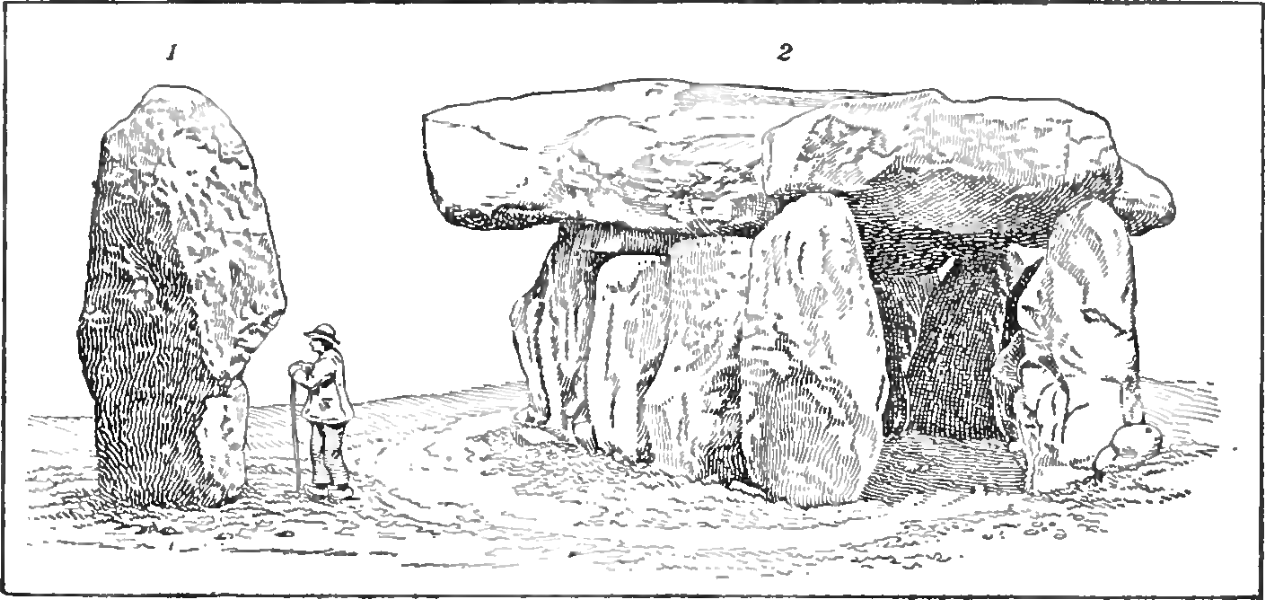<![CDATA[Remains of a long lost Iron Age temple have now been found in the Kurdistan region of Iraq. After years of research, archaeologists have finally managed to unearth full size human statues of bearded males and column bases of a temple that was said to have been dedicated to the supreme god. This ancient temple is believed to date back almost 2500 years, all the way back to the Iron Age – an era when the Urartians, Scythians and Assyrians civilizations fought each other to control the region lying in modern day northern Iraq. According to Dlshad Marf Zamua, a student of the Leiden University, the villagers discovered these old world remains and materials accidentally. All column bases were found in a single village, whereas other finds, including the bronze statue of a wild goat were found to the south of the village, close to the borders of Iran, Iraq and Turkey. The fieldwork began back in the year 2005 and it seems that the efforts have finally been rewarded once this Iron Age temple was unearthed. Moreover, the temple is believed to be just the icing on the cake. The team has also found several full size human statues in the area that rise up to heights of 7.5 feet. These statues have all been made from basalt, limestone or sandstone and feature intricate carvings. According to Marf Zamua, the area where the temple has been found was under the control of Musasir, a city that also goes by the name of Ardini in the Iron Age. Ancient references have already termed the city of Musasir as “the city of the raven” and the “holy city founded in bedrock”. Marf believes that one of his best results was to uncover the column bases of the ancient Iron Age temple that has been dedicated to the god Haldi. To those not in the know, an ancient carving of Musasir was discovered in Khorsabad in the 19th century. This carving showed hillside houses that consisted of 3 windows on the second floor and doorways on the ground floor. In fact, such designs are used in many villages even today, with the ground floor being used as a storage area and a stable. The temple was believed to be extremely important to the kingdom of Urartu. According to reports, the Urartu King Rusa 1 ripped off his crown and killed himself when the Assyrians looted the revered temple in the year 714 BC. One ancient account that was translated by Marc Van De Mieroop implied that the king tore off his clothes, ripped off his headband, pulled at his hair and threw himself flat on the face. Historians had found countless references to this ancient temple, but its existence and its location had remained a mystery till date. However, with the discovery of these column bases, it is now believed that the location of the historic Iron Age temple can be narrowed down considerably. ]]>
Iron Age Temple Unearthed in Iraq
